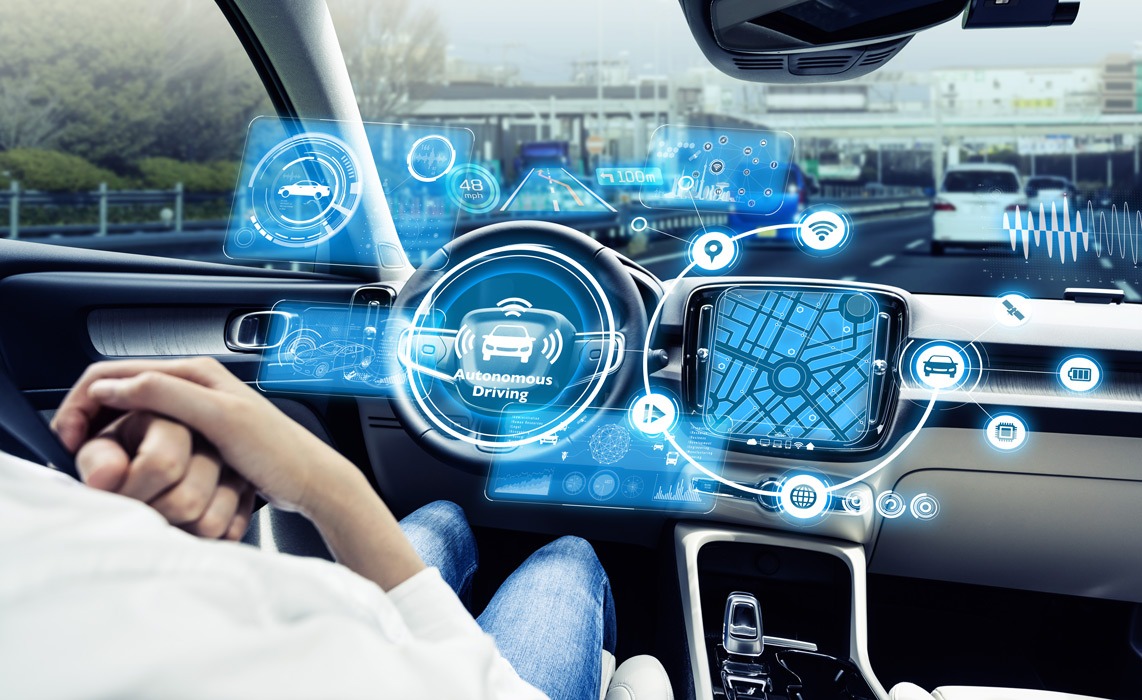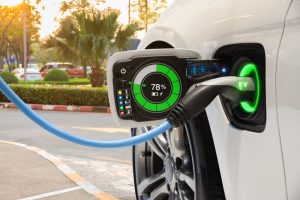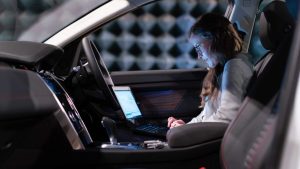
Breakthroughs in Automotive Safety Technologies
Ensuring the safety of drivers, passengers, and pedestrians has always been a top priority in the automotive industry. Over the years, significant advancements in technology have led to breakthroughs in automotive safety. From advanced driver assistance systems (ADAS) to the development of autonomous vehicles, these innovations are reshaping the way we think about car safety. In this expert article, we will explore the latest breakthroughs in automotive safety technologies that are making our roads safer than ever before.
Advanced Driver Assistance Systems (ADAS)
Adaptive Cruise Control (ACC)
Adaptive Cruise Control is a game-changer in highway safety. This system uses sensors, radar, and cameras to monitor the road ahead and adjust the vehicle’s speed accordingly. It can maintain a safe following distance from the car in front, even in stop-and-go traffic, reducing the risk of rear-end collisions.
Lane Departure Warning (LDW) and Lane Keeping Assist (LKA)
Lane Departure Warning systems alert drivers if they unintentionally drift out of their lane. Lane Keeping Assist goes a step further by actively steering the vehicle back into the lane if necessary. These technologies help prevent accidents caused by lane drifting.
Collision Avoidance Systems
Autonomous Emergency Braking (AEB)
Autonomous Emergency Braking is designed to prevent or mitigate collisions by automatically applying the brakes if the driver doesn’t react in time. It can detect pedestrians, cyclists, and other vehicles, significantly reducing the severity of accidents.
Forward Collision Warning (FCW)
Forward Collision Warning systems use sensors to monitor the road ahead and alert the driver to potential collisions. They provide valuable seconds of warning to react and avoid accidents.
Vehicle-to-Everything (V2X) Communication
V2V Communication
Vehicle-to-Vehicle communication enables cars to exchange information about their speed, position, and direction. This real-time data exchange allows vehicles to anticipate potential collisions, even when they are not directly in each other’s line of sight.
V2I Communication
Vehicle-to-Infrastructure communication connects cars with traffic signals, road signs, and infrastructure. It can provide drivers with information about traffic conditions, upcoming road hazards, and suggested speed limits, enhancing overall safety.
Pedestrian Detection and Protection
Pedestrian Detection Systems
Pedestrian Detection systems use cameras and sensors to identify pedestrians in or near the vehicle’s path. If a collision is imminent, the system can trigger alerts, and in some cases, automatic braking to protect pedestrians.
Exterior Airbags
Innovations in exterior airbags are being explored to further enhance pedestrian safety. These airbags deploy from the vehicle’s exterior to cushion the impact in the event of a collision with a pedestrian, reducing the risk of severe injuries.
Autonomous Vehicles and Self-Driving Safety
Level 4 and 5 Autonomy
Level 4 and 5 autonomous vehicles have the potential to significantly reduce accidents caused by human error. These vehicles can operate without human intervention in specific conditions or under all conditions, respectively, relying on advanced sensors and AI algorithms to navigate safely.
Redundant Systems
Autonomous vehicles are equipped with redundant systems, such as multiple sensors and backup controls, to ensure safety in case of component failure. These redundancies make self-driving cars exceptionally safe.
Cybersecurity in Automotive Safety
Protecting Connected Vehicles
As vehicles become more connected, cybersecurity is crucial to prevent unauthorized access and potential threats. Automotive manufacturers are investing in robust cybersecurity measures to safeguard vehicle systems and data.
Over-the-Air (OTA) Updates
OTA updates allow manufacturers to remotely address vulnerabilities and enhance vehicle safety and performance. This technology ensures that vehicles remain secure and up-to-date with the latest safety features.
Challenges and Considerations
Human-Machine Interface (HMI)
As vehicles become more technologically advanced, the challenge lies in designing intuitive human-machine interfaces. Drivers must be able to understand and trust the technology and use it effectively.
Ethical and Legal Questions
The development of autonomous vehicles raises ethical and legal questions, particularly regarding liability in the event of accidents. Determining responsibility in cases involving self-driving cars remains a complex issue.
Conclusion
Breakthroughs in automotive safety technologies are revolutionizing the way we approach road safety. From advanced driver assistance systems to the emergence of autonomous vehicles, these innovations are reducing accidents and saving lives. As technology continues to evolve, the automotive industry will remain committed to making our roads safer for everyone. With ongoing research and development, we can expect even more remarkable advancements in automotive safety in the years to come, ultimately leading to a future with fewer accidents and greater road safety.

